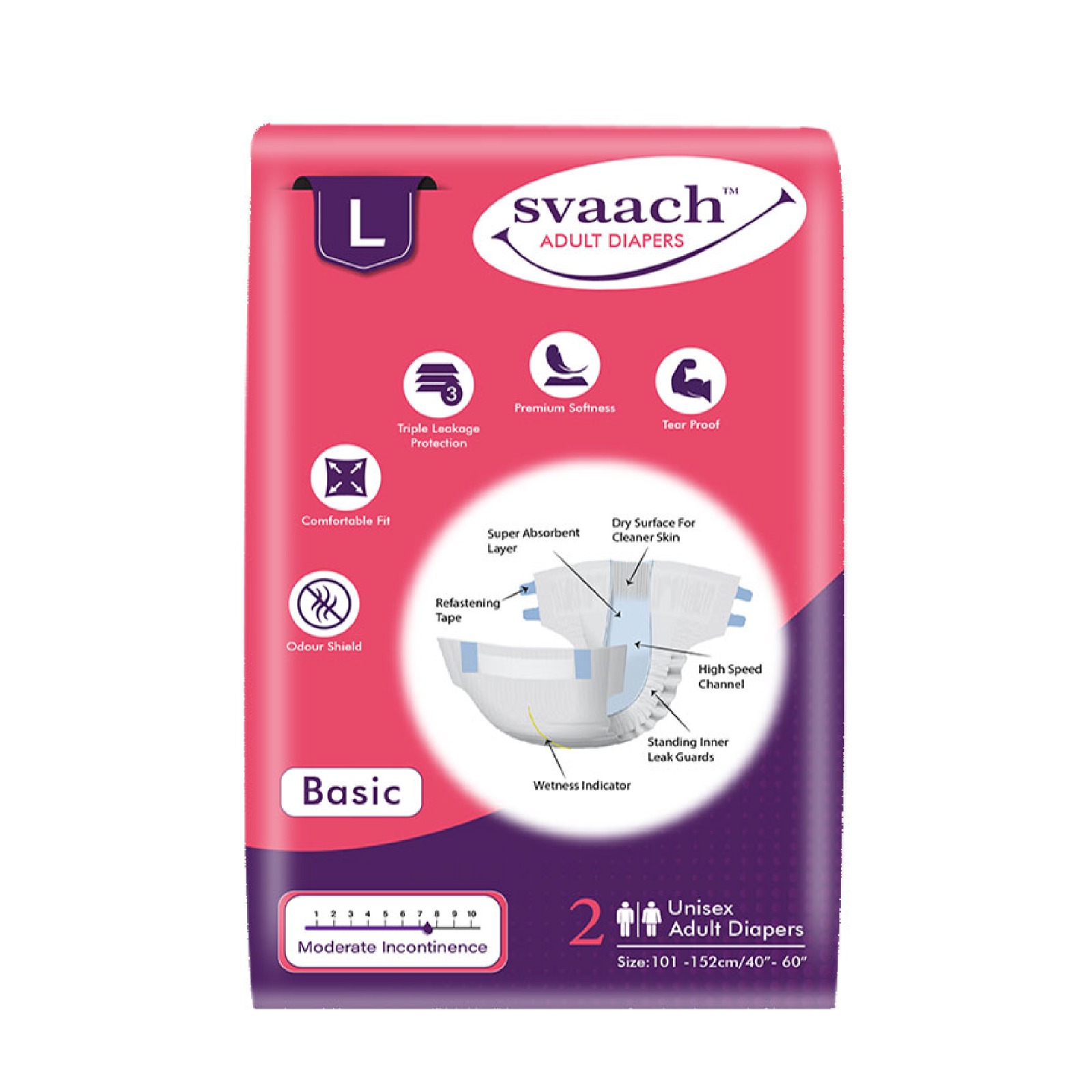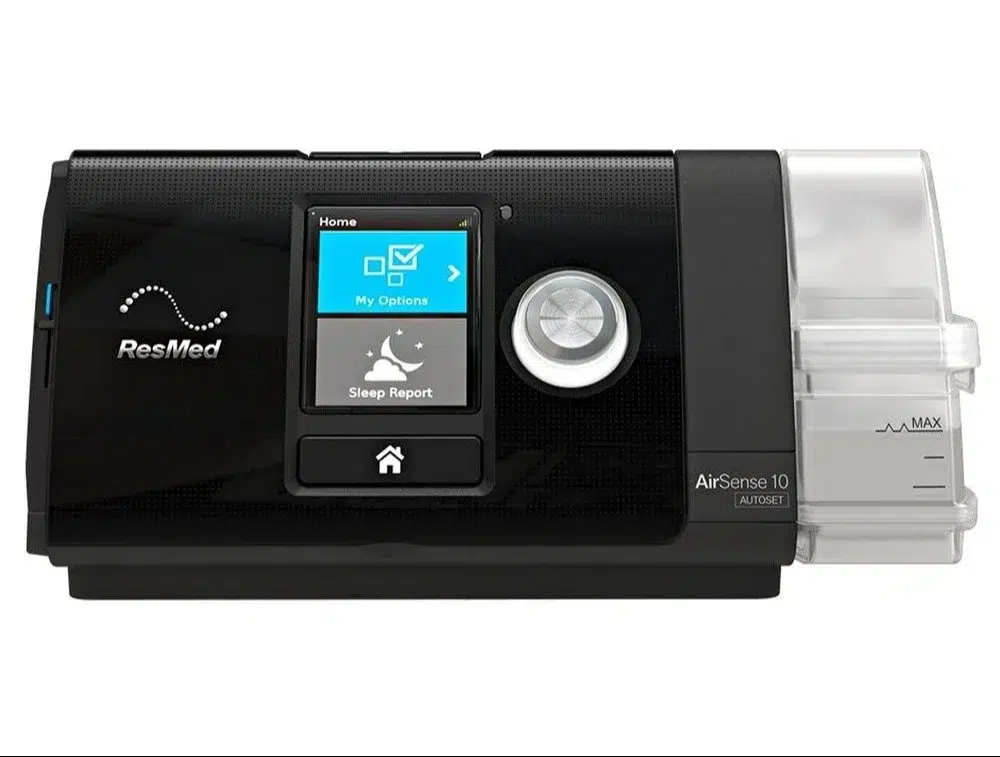5 effective Lifestyle changes to treat arthritis in 2023
What is Arthritis?
Arthritis is a joint disease that affects many people. It can cause pain and inflammation, affecting movement and staying active hard. Arthritis can take various forms. Almost every type has its own set of symptoms, and it may require specific treatments. While arthritis is most commonly associated with the older, it can affect men, women, and kids of any age.

Arthritis is generally found in the following body parts:
- Shoulder: Shoulder arthritis is a condition caused by the breakdown of cartilage in the shoulder joint, leading to inflammation, pain, and decreased mobility. If you have shoulder arthritis, you can search on Google to find the best “shoulder treatment near me” to decrease inflammation and pain.
- Hands: Hands arthritis is a condition that causes pain, swelling, and stiffness in the joints of the hands.
- Feet: Feet arthritis is a form of arthritis that affects the joints in the feet
- Knees: a condition that causes pain, stiffness, and swelling in the knee joints.
- Hips: Hip arthritis is a condition that causes pain and stiffness in the hip joint, typically as a result of inflammation or damage to the joint.
- Lower back: Lower back arthritis is a condition that causes pain, stiffness, and swelling in the joints of the lower back.
What are the various kinds of arthritis?
Arthritis is a vast concept that covers over a hundred various joint disorders. The following are the most frequent kinds of arthritis:
- Osteoarthritis, even recognised as “wear and tear” arthritis, happens when joint cartilage breaks due to continuous stress. It is the most frequent type of arthritis.
- Ankylosing spondylitis or spine arthritis (usually your lower back).
- The immune system affects the tissue surrounding joints in juvenile arthritis (JA). JA mostly strikes children aged 16 or under.
- Gout is a disorder wherein hard uric acid stones accumulate in the joints.
- Psoriatic arthritis is an inflammatory disease in patients with psoriasis (an autoimmune disorder that causes skin irritation).
- Rheumatoid arthritis is indeed a condition in which the immune system attacks the synovial membranes of the bones.
What exactly does arthritis cause?
The causes of various types of arthritis differ. Gout, for example, is caused by high levels of uric acid throughout your body. However, the exact cause of other forms of arthritis is unknown. If you do any of the following, you might well develop arthritis:
- history of arthritis in your family.
- Have an occupation or participate in athletics that brings recurring stress on the joints.
- Have autoimmune disorders or infectious diseases.
How can you know if you have arthritis?
The symptoms of various types of arthritis differ. They can vary from moderate to extreme in some people. ANA Test is helpful in the Diagnosis of Arthritis. Joint pain may arrive and go, or it could be constant. Typical symptoms include:
- Redness
- Pain
- Tightness
- Swelling
- Warm
- Discomfort
What is the treatment for arthritis?
Although there is no remedy for arthritis, there are treatments to help you handle it. The intensity of your arthritis, its symptoms, and your general health will all impact your treatment plan.
Nonsurgical (conservative) treatments involve:
- Medicine: Anti-inflammatory and distress relievers could reduce the symptoms of arthritis. Biologics are medicines that aim at your immune system’s inflammatory reaction. Your physician may suggest biologics if you do have rheumatoid or psoriatic arthritis.
- Physical activity can help you enhance your strength, range of motion, and overall mobility. Occupational therapists can instruct you on how and where to modify your daily activities to reduce arthritic pain.
- Cortisone injections can help ease pain and inflammation within your joints for a short time. A medication called viscosupplementation may assist with arthritis in some joints, including your knee. It injects lubricant into joints to make them move better smoothly.
5 effective Lifestyle changes to treat arthritis in 2022
- Encourage exercise and physical exercise.
RA symptoms are worst if you’re not active, like first thing in the morning or after a long resting period. “Look for possibilities to move from the moment you wake up.” “Being active, whether delivering the mail or jogging around your block. “Although exercise can be difficult, any movement has been found to help relieve tightness and improve the muscles that make up your joints, even reduced yoga.”
Always consult your doctor before beginning an exercise programme. Physical and occupational therapist recommendations may be beneficial in developing secure, effective fitness programmes tailored to your specific needs.
- Take a swim
Water aerobics and swimming can help you to manage your RA symptoms in addition to movement and exercise. These exercises improve your muscles while decreasing tension and allowing you to have fun. The extra stability in the water will also relieve additional joint stiffness. Swimming is also beneficial for health.
- Maintain a healthy weight
Individuals who are at a healthy weight have less pain and swelling. That means less strain on the bones. As per the Arthritis Foundation, losing one kilogram decreases the pressure on your muscle mass joints by four kilograms.
- Make sleeping the highest priority.
Good sleep enables the muscles to relax from the activities of each day. Doing so can help to reduce your symptoms and reduce fatigue. “Also, there is an indication that lack of sleep corresponds with higher pain levels.” Always Aim for approximately 8 hours of uninterrupted sleep each night.”
- Take time to rest and enjoy
Aside from the physical discomfort, RA can be hectic and saddening. Try deep breathing exercises or mindfulness. Give yourself time to rest, charge up, and de-stress.
*****
latest Blogs
categories
Categories
- Beauty Tips
- COVID-19
- Fitness tips
- Health & Wellness
- Health & Wellness Equipment
- Health and Wellness
- Health care
- Health Tips
- Healthcare & Medical Equipment Rental
- Healthcare Solutions
- Healthy Eating
- Home Healthcare Solutions
- Hospital Bed Rentals
- Life Style
- Medical Equipment Rentals
- Mental Health
- Nebulizer Machines
- Nursing Care Services
- Patient Care Solutions
- Prime Healers community
- Product information
- Product Review
- Renting an Oxygen Concentrator
- Respiratory Care
- Respiratory Care Solutions
- Uncategorized
- Wheelchair and Hospital Bed
- Wheelchair for Festivals























